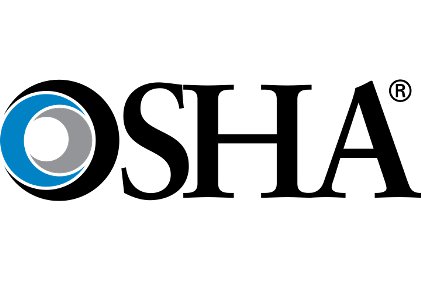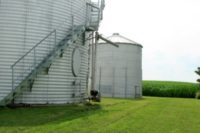 An OSHA investigation following the death of two workers at a crude oil refinery in Wynnewood, Oklahoma resulted in fifteen serious citations against Wynnewood Refining Company – earning the company a spot in the agency’s Severe Violator Enforcement Program (SVEP).
An OSHA investigation following the death of two workers at a crude oil refinery in Wynnewood, Oklahoma resulted in fifteen serious citations against Wynnewood Refining Company – earning the company a spot in the agency’s Severe Violator Enforcement Program (SVEP).
Proposed penalties total $281,100.
The two workers will killed by a boiler explosion in September of last year.
Following the incident, OSHA investigators found violations of the process safety management standard, which requires specific management of hazards associated with processes using dangerous chemicals.
The SVEP mandates targeted follow-up inspections to ensure compliance with the law and focuses on recalcitrant employers that endanger workers by committing willful, repeat or failure-to-abate violations. Under the program, OSHA may inspect any of the employer's facilities if it has reasonable grounds to believe there are similar violations.
The six repeat citations were cited for failing to ensure that boiler equipment complied with recognized and generally accepted good engineering practices; ensure operating procedures addressed consequences of deviation from operating limits, including steps to avoid deviation from operating limits; provide training at least every three years on the practice of igniting boiler burners; establish and implement written procedures for testing and inspecting the shutdown and gas train interlocks for the boiler; and implement a management of change procedure when modifying boiler operating procedures. Similar violations were cited in 2008.
The 15 serious citations include failing to ensure the process safety information includes equipment design codes and standards; failing to ensure the process hazard analysis addressed purging the boiler burner firebox; and loss of burner pilot/flame, prolonged fuel gas flow and failing to develop and implement operating procedures that address initial start-up of the boiler burner.
The two other-than-serious violations include failing to ensure boiler lockout procedures included a statement of intended use and ensure a second level storage area was designed, constructed and marked with its maximum intended load.


